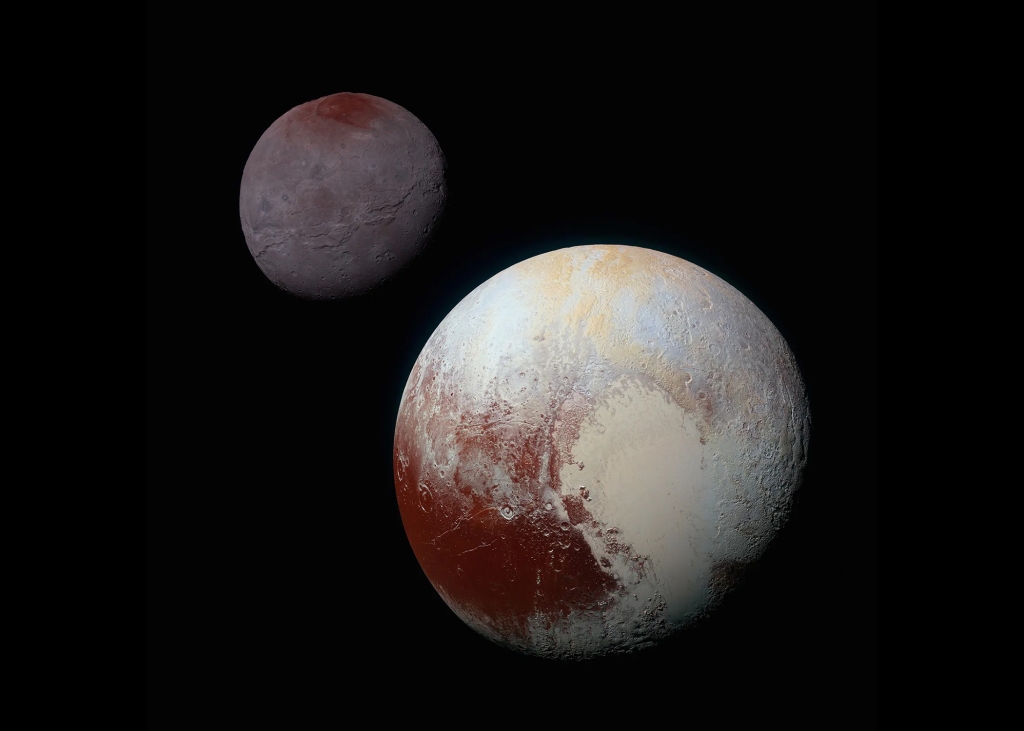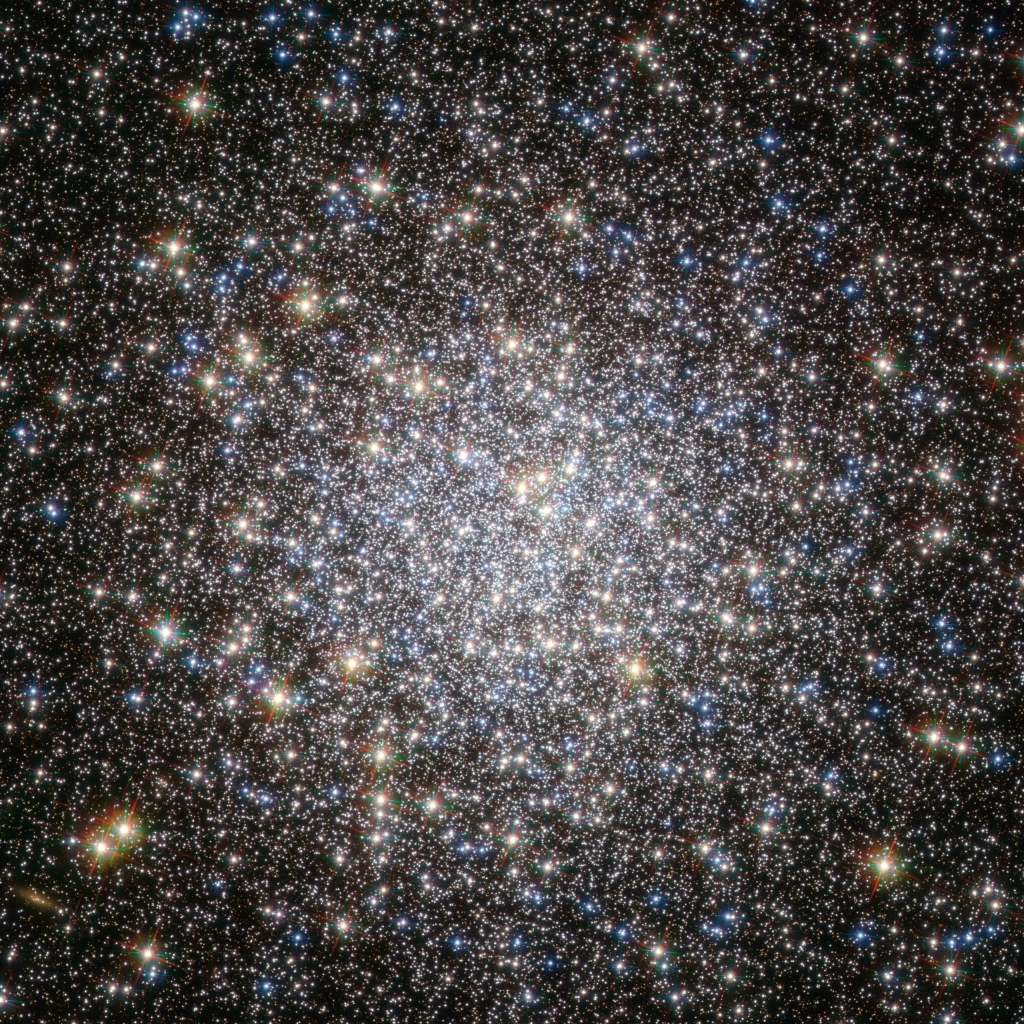A recent study using numerical ocean models has shed light on the mysterious ice dynamics of Enceladus, Saturn’s moon, revealing the intricate interplay between its ice shell and subsurface ocean. The research, focusing on the distribution of ice thickness – thicker at the equator and thinner at the poles – suggests a complex relationship involving the flow of ice from the equator to the poles, modulated by the freezing and melting rates that hinge on ocean heat transport.

Enceladus, the sixth-largest moon of Saturn, has captured the fascination of scientists and space enthusiasts alike with its mysterious and captivating features. With a diameter of about 500 kilometers, this icy celestial body is renowned for its dramatic geysers, spewing water vapor and ice particles into space from its south polar region. These plumes hint at the presence of a subsurface ocean, making Enceladus a prime candidate in the search for extraterrestrial life. The moon’s surface is mostly water ice, reflecting sunlight and making it one of the brightest objects in our solar system, while the intricate patterns of cracks and ridges adorning its surface tells a story of geological activity and potential internal heat sources.
The study, led by Yaoxuan Zeng and Jansen Malte, focuses on the role of salinity in shaping ocean stratification, circulation, and consequently, the ice geometry of Enceladus. Varying salinity levels lead to different stratification patterns in the ocean, significantly influencing heat transport mechanisms. Simulations indicate that in the absence of tidal heating within the ice shell, the ocean’s heat transport consistently moves towards lower latitudes, causing freezing at the poles. This finding challenges the existing theories about the equilibrium state of Enceladus’s ice shell, hinting at the crucial role of tidal dissipation in maintaining the current ice structure.

Moreover, the study explores the intriguing phenomenon of interhemispheric asymmetry in the ice shell, suggesting a self-reinforcing cycle where cross-equatorial ocean heat transport and ice melting contribute to this imbalance. This intricate dance between ocean heat transport and ice shell dynamics not only offers insights into the moon’s current state but also propels our understanding of celestial bodies harboring subsurface oceans.
As scientists delve deeper into Enceladus’s frigid mysteries, the implications of these findings resonate far beyond its icy confines, potentially unlocking new perspectives in planetary science and the fascinating mechanics of celestial ice and ocean interactions.
Source
Zeng, Yaoxuan, and Malte F Jansen. “The Effect of Salinity on Ocean Circulation and Ice–Ocean Interaction on Enceladus.” The Planetary Science Journal, vol. 5, no. 1, 2024, p. 13, dx.doi.org/10.3847/PSJ/ad0cba, https://doi.org/10.3847/PSJ/ad0cba.
Featured Image
NASA/JPL/Space Science Institute





